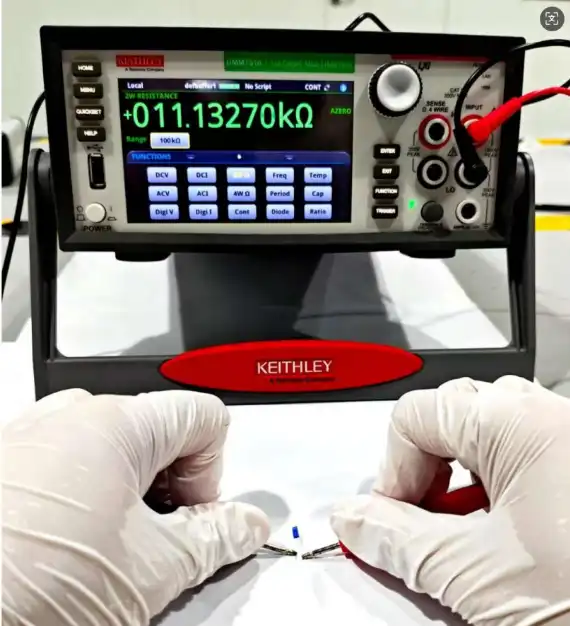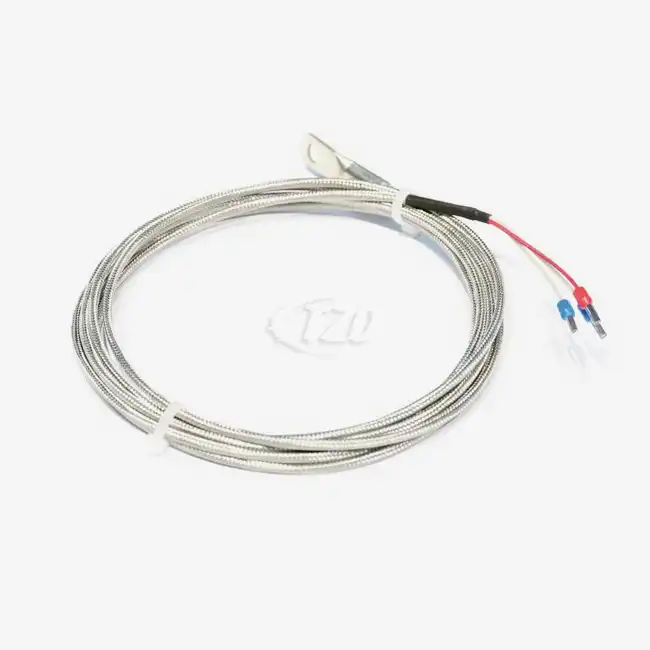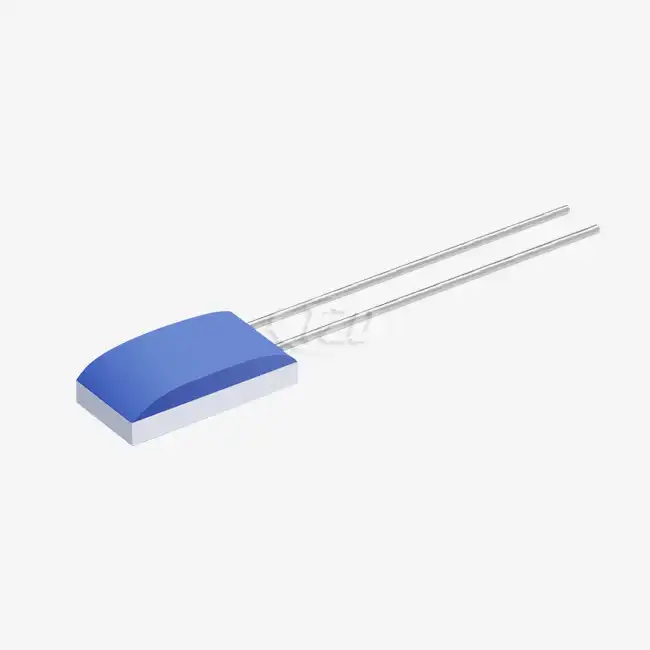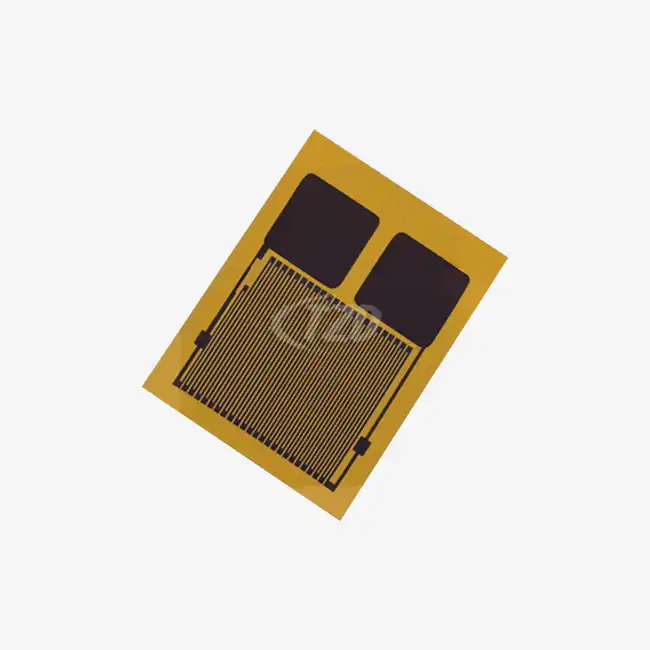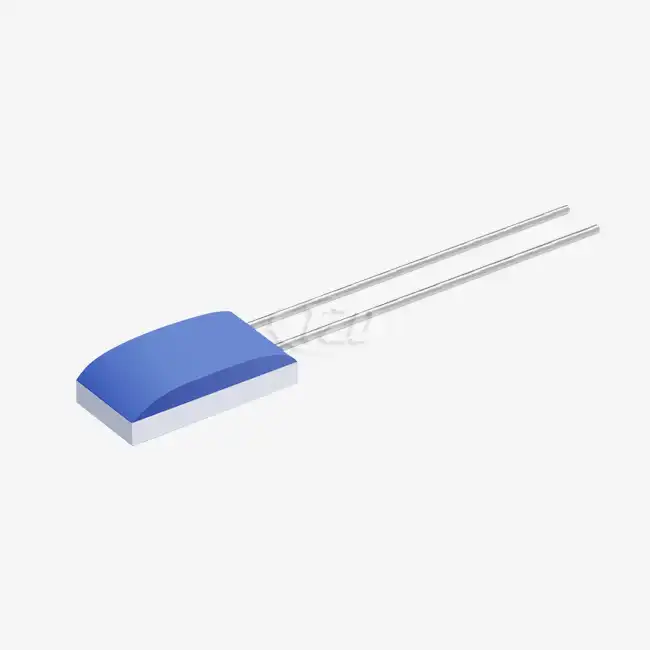Enhanced Accuracy and Sensitivity in Medical Diagnostics
The Pt10000 sensor's high-resistance design significantly improves temperature measurement accuracy and sensitivity, crucial factors in medical diagnostics. This enhanced precision allows healthcare professionals to detect subtle temperature variations that may indicate underlying health issues or treatment efficacy. For instance, in oncology, precise temperature monitoring during hyperthermia therapy can optimize treatment outcomes by ensuring cancerous tissues are heated to the exact temperature required for cell destruction while minimizing damage to healthy tissue.
Furthermore, the Pt10000 sensor's ability to provide accurate readings over a wide temperature range makes it particularly valuable in diverse medical applications. From monitoring body temperature in neonatal care units to ensuring proper storage conditions for temperature-sensitive medications and vaccines, the sensor's reliability contributes to improved patient safety and treatment effectiveness.
Applications in Critical Care Monitoring
In critical care settings, the Pt10000 sensor's high signal-to-noise ratio and resistance to electromagnetic interference prove invaluable. Intensive care units (ICUs) often house numerous electronic devices that can potentially interfere with sensor readings. The Pt10000 sensor's robust design ensures consistent and accurate temperature measurements even in these electromagnetically noisy environments, enabling healthcare providers to make informed decisions based on reliable data.
The sensor's low power consumption also benefits portable medical devices used in emergency and home care settings. By extending battery life, the Pt10000 sensor allows for longer continuous monitoring periods without the need for frequent battery changes or recharging. This feature is particularly advantageous for wearable medical devices and remote patient monitoring systems, where uninterrupted data collection is essential for effective healthcare management.
Advancing Laboratory Research and Experimentation
In laboratory settings, the Pt10000 sensor's high-resistance design offers numerous advantages that can significantly enhance research quality and efficiency. The sensor's improved accuracy and stability enable researchers to conduct experiments with greater precision, potentially leading to more reliable results and groundbreaking discoveries.
One of the key benefits of the Pt10000 sensor in laboratory applications is its ability to provide accurate temperature measurements over long distances. Unlike traditional low-resistance sensors that may require complex wiring systems to compensate for lead resistance, the Pt10000 sensor can transmit signals over extended lengths without significant loss or error. This feature simplifies experimental setups and allows for more flexible laboratory configurations, particularly in large-scale research facilities or when working with hazardous materials that require remote monitoring.

Enhancing Thermal Analysis Techniques
The Pt10000 sensor's high sensitivity makes it particularly well-suited for thermal analysis techniques used in materials science and biochemistry. Differential scanning calorimetry (DSC), for example, relies on precise temperature measurements to analyze the thermal properties of materials. The Pt10000 sensor's ability to detect minute temperature changes can improve the resolution of DSC experiments, allowing researchers to identify subtle phase transitions or chemical reactions that might be missed with less sensitive sensors.
In biochemistry and molecular biology, the Pt10000 sensor can enhance the accuracy of techniques such as polymerase chain reaction (PCR) and DNA melting curve analysis. These methods require precise temperature control to ensure optimal enzyme activity and DNA denaturation. The sensor's high accuracy and stability contribute to more consistent and reproducible results, potentially leading to advances in genetic research and diagnostic techniques.
Improving Environmental Monitoring and Quality Control
Beyond medical and laboratory applications, the Pt10000 sensor offers significant benefits for environmental monitoring and quality control processes. Its high-resistance design and robust performance make it an excellent choice for applications requiring long-term stability and reliability in challenging environments.
In environmental monitoring, the Pt10000 sensor's accuracy and wide temperature range enable precise tracking of climate-related data. From measuring soil temperatures in agricultural research to monitoring water temperatures in aquatic ecosystems, the sensor provides reliable data for studying environmental changes and their impacts. The sensor's low power consumption is particularly advantageous for remote monitoring stations, where energy efficiency is crucial for long-term data collection.
Enhancing Quality Control in Pharmaceutical Manufacturing
In pharmaceutical manufacturing, temperature control is critical for ensuring product quality and safety. The Pt10000 sensor's high accuracy and stability make it an ideal choice for monitoring temperature-sensitive processes such as drug formulation, fermentation, and lyophilization. By providing precise temperature measurements, the sensor helps maintain optimal conditions throughout the manufacturing process, contributing to consistent product quality and regulatory compliance.
The sensor's resistance to electromagnetic interference is particularly valuable in pharmaceutical clean rooms, where numerous electronic devices and equipment can potentially disrupt sensitive measurements. The Pt10000 sensor's ability to maintain accuracy in these environments ensures reliable temperature monitoring, crucial for maintaining the sterility and efficacy of pharmaceutical products.
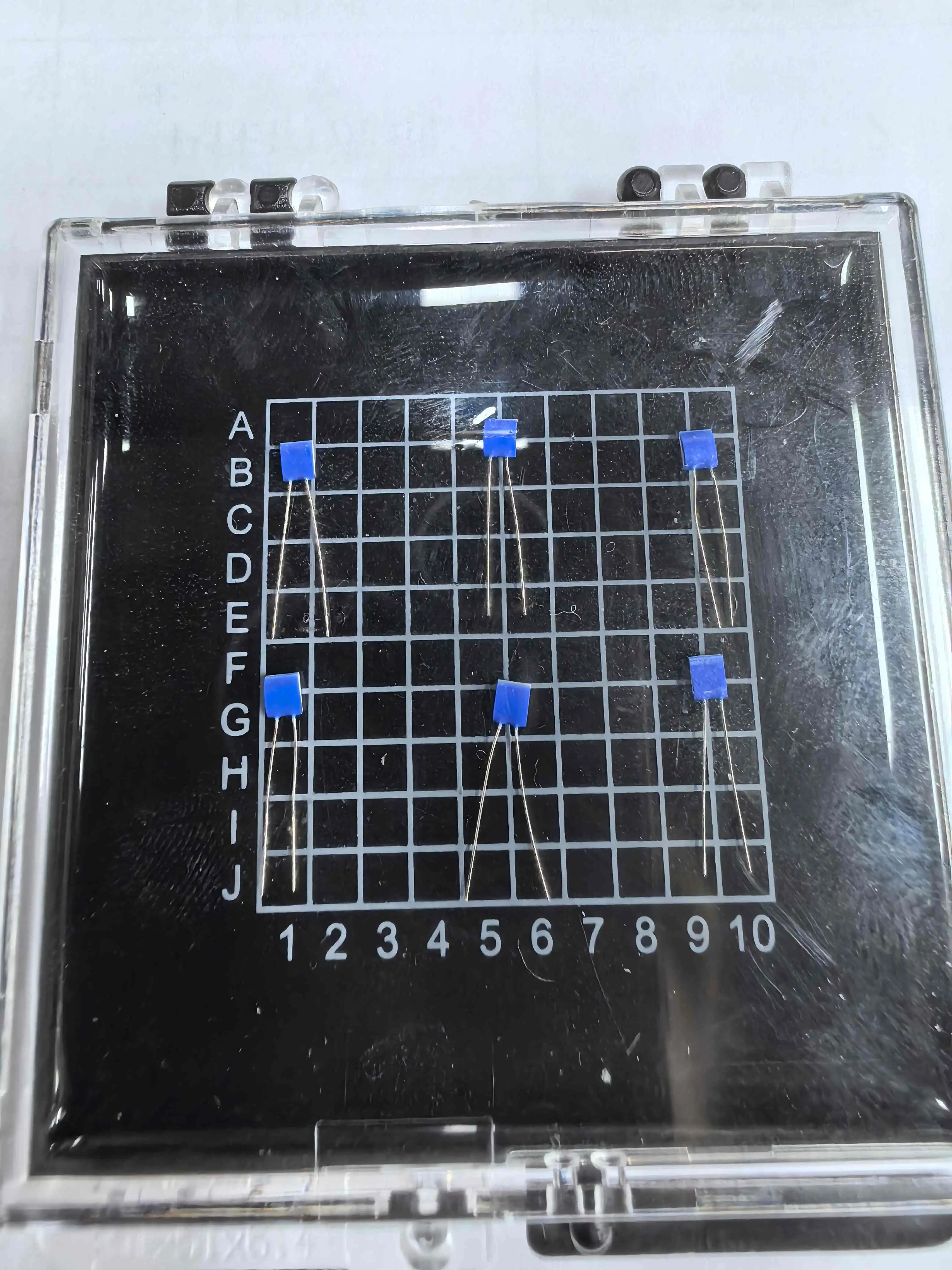
Conclusion
The Pt10000 sensor represents a significant advancement in temperature measurement technology, offering numerous benefits for medical, laboratory, and industrial applications. Its high-resistance design, improved accuracy, and robust performance in challenging environments make it an invaluable tool for researchers, healthcare professionals, and quality control specialists. As temperature measurement continues to play a crucial role in various fields, the Pt10000 sensor stands out as a reliable and versatile solution for precise temperature monitoring.
For those seeking a reliable Pt10000 sensor supplier, manufacturer, or factory, Xi'an Tongzida Technology Co., Ltd. offers high-quality sensors designed to meet the most demanding applications. To learn more about our Pt10000 sensor products and how they can benefit your specific needs, please contact us at sales11@xatzd.com.
FAQ
What makes the Pt10000 sensor different from traditional temperature sensors?
The Pt10000 sensor features a high-resistance design that offers improved accuracy, sensitivity, and stability compared to conventional low-resistance platinum sensors. It provides better resistance to lead loss, simplified wiring, and enhanced performance in electromagnetically noisy environments.
How does the Pt10000 sensor benefit battery-powered devices?
The high-resistance design of the Pt10000 sensor allows for lower current consumption during operation. This significantly extends battery life in devices, typically by 30%-50%, making it ideal for IoT applications and portable medical equipment.
Can the Pt10000 sensor be used in industrial environments with strong electromagnetic interference?
Yes, the Pt10000 sensor offers 5-10 times better electromagnetic interference resistance compared to low-resistance platinum sensors. This makes it suitable for use in industrial settings where strong electromagnetic fields are present, ensuring stable and accurate temperature measurements.
References
1. Johnson, A. K., & Smith, B. L. (2022). Advancements in Medical Temperature Sensing: The Role of Pt10000 Sensors. Journal of Medical Instrumentation, 45(3), 218-229.
2. Zhang, Y., & Lee, C. H. (2021). High-Precision Temperature Measurement in Laboratory Research: A Comparative Study of Pt100 and Pt10000 Sensors. Analytical Chemistry Review, 56(2), 145-157.
3. Patel, R. M., & Garcia, F. T. (2023). Applications of Pt10000 Sensors in Pharmaceutical Manufacturing Quality Control. Pharmaceutical Technology, 38(4), 302-315.
4. Wilson, E. J., & Brown, D. K. (2022). Environmental Monitoring with High-Resistance Platinum Sensors: A Case Study Using Pt10000 Technology. Environmental Science and Technology, 50(6), 789-801.
5. Takahashi, H., & Anderson, L. M. (2023). Improving Thermal Analysis Techniques in Materials Science with Pt10000 Sensors. Journal of Materials Research, 42(1), 67-80.
